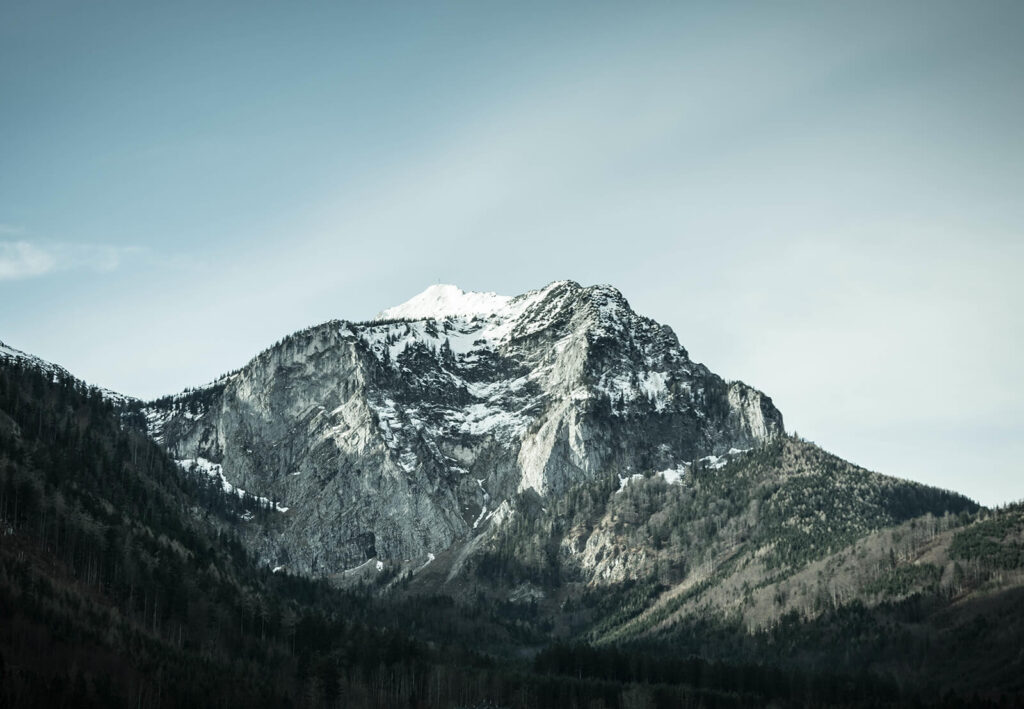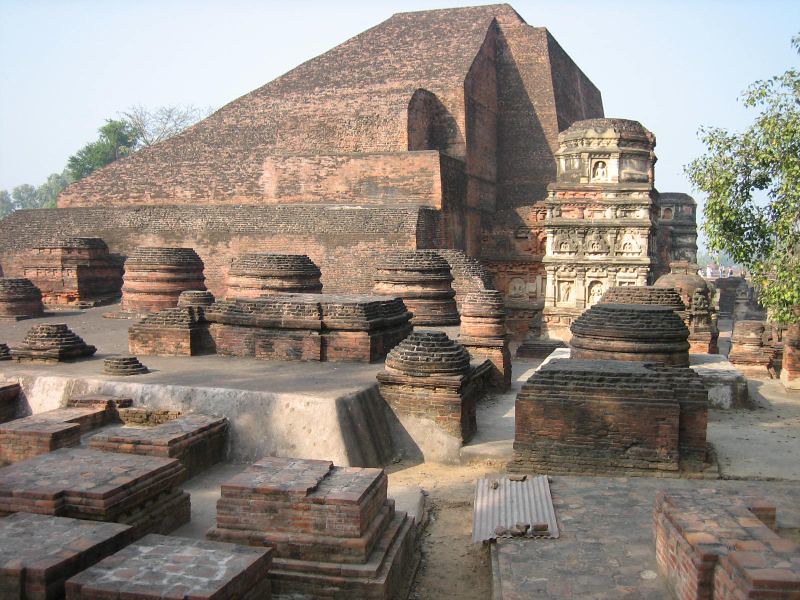
BPSC General Science Question Bank – Physics
BPSC General Science – Physics Question Bank of BPSC Previous Year’s papers for preparation of BPSC Prelims and other Bihar state examinations.
Home » BPSC Study Materials » BPSC Question Bank » BPSC Medieval History Question Bank
BPSC Medieval history Question Bank of BPSC Previous Year’s Papers for preparation of BPSC Prelims and other Bihar state examinations.
1. Who was the first ruler of the Slave Dynasty ? (BPSC – 2011)
(a) Iltutmish
(b) Qutbuddin Aibak
(c) Razia
(d) Balban
Correct Answer – (b) Qutbuddin Aibak
2. Muhammad Ghori granted the first Iqta in India to ? (BPSC – 1994)
(a) Tajuddin Yaldoz
(b) Qutbuddin Aibak
(c) Shamsuddin Iltutmish
(d) Nazir-ud-din Qabacha
Correct Answer – (b) Qutbuddin Aibak
3. What is ‘Adhai Din ka Jhonpra’ ?
(a) Mosque
(b) Temple
(c) Saint’s hut
(d) Tower
Correct Answer – (a) Mosque
4. Iltutmish appointed his first Subedar in Bihar to whom among the following ? (BPSC – 2008)
(a) Aivaj
(b) Nasiruddin Mahmud
(c) Alimardan
(d) Malik – Jani
Correct Answer – (d) Malik – Jani
5. “When he attained Kingship, he was fully independent from rules and orders of Shariat.” For which Sultan, Barani made this statement ? (BPSC – 2004)
(a) Iltutmish
(b) Balban
(c) Alauddin Khalji
(d) Muhammad Tughluq
Correct Answer – (c) Alauddin Khalji
6. Padmini is associated with Ala-ud-Din’s conquest of Chittor. She was the wife of ? (BPSC – 1999)
(a) Maharana Pratap Singh
(b) Ranjit Singh
(c) Raja Man Singh
(d) Rana Ratan Singh
Correct Answer – (d) Rana Ratan Singh
7. During the regime of which Sultan was the Khalisa land developed on a large scale ? ( BPSC – 1994)
(a) Ghiyasuddin Balban
(b) Alauddin Khalji
(c) Muhammad-Bin-Tughlug
(d) Firuz Shah Tughluq
Correct Answer – (b) Alauddin Khalji
8. Which one of the following sultans provided employment to the unemployeds ? (BPSC – 2001)
(a) Alauddin Khalji
(b) Muhammad-Bin-Tughluq
(c) Firuz Tughluq
(d) Sher Shah Suri
Correct Answer – (c) Firuz Tughluq
9. Which of the following Sultan had the most numbers of slaves in his court ? (BPSC – 2001).
(a) Balban
(b) Alauddin Khalji
(c) Muhammad-Bin-Tughluq
(d) Firuz Tughluq
Correct Answer – (d) Firuz Tughluq
10. What was ‘Dar-ul-Shafa’ established by Firuz Tughluq? (BPSC – 2011)
(a) An almshouse
(b) A free hospital
(c) A library
(d) A guest house for pilgrims
Correct Answer – (b) A free hospital
11. Which one of the following dynasties ruled over India after the invasion of Timur ? (BPSC – 2001)
(a) Lodi Dynasty
(c) Tughlaq dynasty
(b) Sayyid dynasty
(d) Khilji dynasty
Correct Answer – (b) Sayyid dynasty
12. Identify the first ruler of Vijaynagar who captured Goa from Bahamanis ? (BPSC – 1995)
(a) Harihara-I
(b) Harihara- II
(c) Bukka-II
(d) Devaraya- II
Correct Answer – (b) Harihara- II
13. With whom among the following, the king of VijayaNagara Krisnadeva Raya fought the battle of Golconda ? (BPSC – 1999)
(a) Quli Qutb Shah
(b) QutbuddinAybak
(c) Ismail-Adil Khan
(d) Gajapati
Correct Answer – (a) Quli Qutb Shah
14. In which among the following King’s region, the persian traveler ‘Abdur Razzak’ came to India ? (BPSC – 2016)
(a) Dev Rai l
(b) Krishna Dev Rai I
(c) Devaraya II
(d) Krishna Rai II
(e) None of the above/More than one of the above
Correct Answer – (c) Devaraya II
15. What was the chief characteristic of the financial system of the Vijayanagara Empire ? (BPSC – 1994)
(a) Surplus rent
(b) Land Revenue
(c) Income from seaports
(d) Monetary system
Correct Answer – (b) Land Revenue
16. ‘Diwan-E-Arj’ department was associated with ? (BPSC – 2016)
(a) Royal correspondence
(b) Foreign
(c) Defense
(d) Finance
Correct Answer – (c) Defense
17. Zawabits were concerned with which among the following ? (BPSC – 1994)
(a) State laws
(b) Law regulating system
(c) Laws regulating mint house
(d) Agricultural taxes
Correct Answer – (a) State laws
18. Coins- ‘Tanka’ and ‘Jital’ of the Sultanate period were made of which of the following metals ? (BPSC – 1994)
(a) Silver, Copper
(b) Gold, Silver, Copper
(c) Silver, Zink, Copper
(d) Gold, Zink, Copper
Correct Answer – (a) Silver, Copper
19. Which Sultan built Alai Darwaza ? (BPSC – 1997)
(a) Iltutmish
(b) Balban
(c) Alauddin Khalji
(d) Firuz Tughluq
Correct Answer – (c) Alauddin Khalji
20. Who was the author of Tabaqat-i-Nasiri ? (BPSC – 1997)
(a) Shaikh Jamaluddin
(b) Al-Biruni
(c) Minhaz-us-Siraj
(d) Ziyauddin Barani
Correct Answer – (c) Minhaz-us-Siraj
21. Who was the founder of Bahamani Kingdom ? (BPSC – 2016)
(a) Alauddin Hasan
(b) Firoz Shah
(c) Mahmud Gaonwa
(d) Asaf Khan
(e) None of the above/More than one of the above
Correct Answer – (a) Alauddin Hasan
22. Which among the following was a common feature to all Bhakti Saints ? (BPSC – 2005)
(a) They Composed their verses in the language understood by their followers
(b) They Rejected the authority of the priestly class
(c) They Encouraged women to go to the temples
(d)They Encouraged idol worship
Correct Answer – (a) They Composed their verses in the language understood by their followers
23. Who composed ‘Barahmasa” ? (BPSC – 1994)
(a) Amir Khusrau
(b) Imami
(c) Malik Muhammad Jaisi
(d) Raskhan
Correct Answer – (c) Malik Muhammad Jaisi
24. The main reason for Babur’s victory in the battle of Panipat was ? (BPSC – 1994)
(a) His horse riding force
(b) His skilled warfare
(c) Tulghuma system
(d) Internal disputes among Afghans
Correct Answer – (b) His skilled warfare
25. In which language was Tuzuk-i-Baburi’ written ? (BPSC -2015)
(a) Persian
(b) Arabic
(c) Turkish
(d) Urdu
Correct Answer – (c) Turkish
26. Arrange following important battles fought by Humayun in chronological order ? (BPSC – 1996)
(a) Chausa, Devara, Kanauj, Sirhind
(b) Devara, Kanauj, Chausa, Sirhind
(c) Sirhind, Devara, Chausa, Kanauj
(d) Devara, Chausa, Kanauj, Sirhind
Correct Answer – (d) Devara, Chausa, Kanauj, Sirhind
27. Which of the following rulers first assumed the title of ‘Hazrat-e-Ala’ ? (BPSC – 2000 )
(a) Bahlul Lodi
(b) Sikandar Lodi
(c) Sher Shah Suri
(d) Islam Shah Suri
Correct Answer – (c) Sher Shah Suri
28. Who among the following constructed a mausoleum for his husband ? (BPSC – 2008)
(a) Shah Begum
(b) Haji Begum
(c) Mumtaz Mahal Begum
(d) Noorunissa Begum
Correct Answer – (b) Haji Begum
29. Who was the commander of Rana Pratap’s army in the Battle of Haldighati ? (BPSC – 2015)
(a) Amar Singh
(c) Hakim Khan
(b) Man Singh
(d) Shakti Singh
Correct Answer – (c) Hakim Khan
30. Who of the following Muslim rulers abolished the pilgrimage tax ? (BPSC – 2011)
(a) Bahlul Lodi
(c) Humayun
(b) Sher Shah
(d) Akbar
Correct Answer – (d) Akbar
31. The Zabti system was introduced by who among the following ? (BPSC – 1994)
(a) Ghiyasuddin Tughlaq
(b) Sikandar Lodi
(c) Sher Shah
(d) Akbar
Correct Answer – (d) Akbar
More questions are coming soon. Join us on Whatsapp for latest updates: Join CivilsCracker on Whatsapp

BPSC General Science – Physics Question Bank of BPSC Previous Year’s papers for preparation of BPSC Prelims and other Bihar state examinations.

BPSC Indian Geography Question Bank of BPSC Previous Year’s papers for preparation of BPSC Prelims and other Bihar state examinations.

BPSC Modern history Question Bank of BPSC Previous Year’s papers for preparation of BPSC Prelims and other Bihar state examinations.

BPSC Ancient history Question Bank for preparation of BPSC Prelims and other Bihar state examinations.
We are adding new Notes, Chapterwise MCQs, Quizzes, Previous Years Questions everyday
We are adding new Notes, Chapterwise MCQs, Quizzes, Previous Years Questions everyday